
Sascha Pare
Sascha is a U.K.-based staff writer at Live Science. She holds a bachelor’s degree in biology from the University of Southampton in England and a master’s degree in science communication from Imperial College London. Her work has appeared in The Guardian and the health website Zoe. Besides writing, she enjoys playing tennis, bread-making and browsing second-hand shops for hidden gems.
Latest articles by Sascha Pare
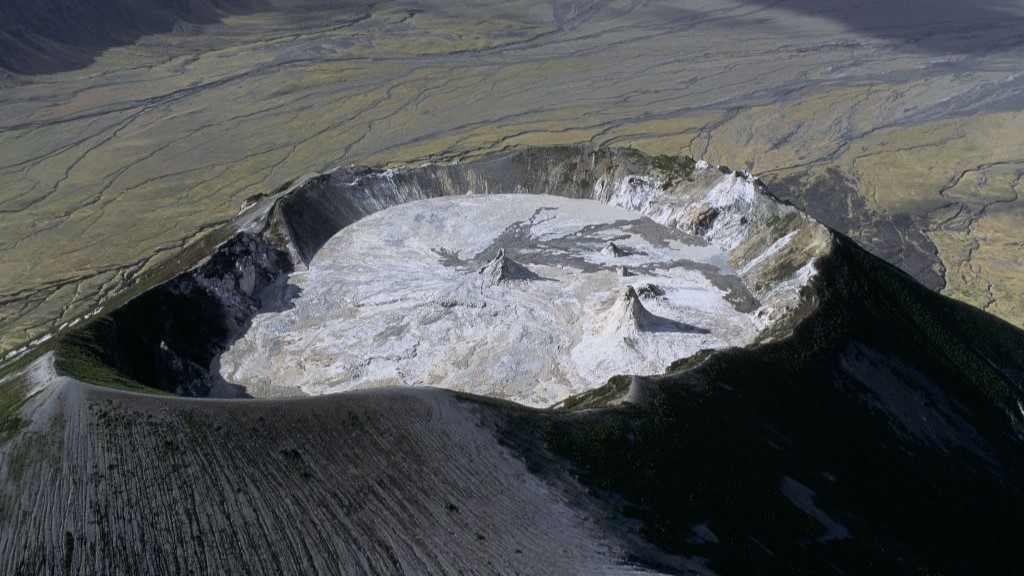
'Mountain of God' volcano in Tanzania is bulging, study finds
By Sascha Pare published
Satellite data suggest a volcano in Tanzania that expels extremely runny lava could be creeping toward an eruption.
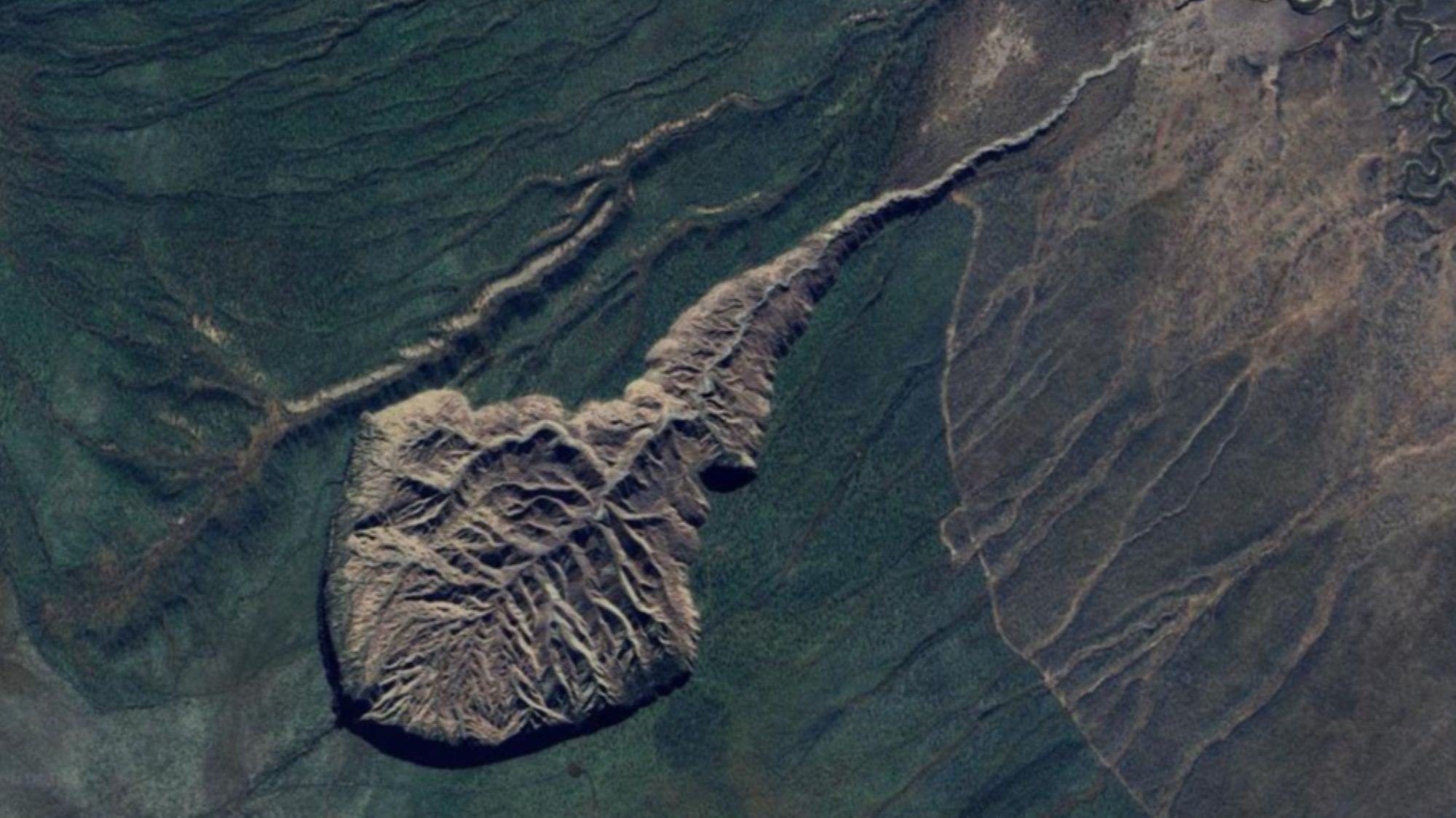
Gateway to the underworld: The enormous permafrost 'megaslump' in Siberia that keeps getting bigger
By Sascha Pare published
The growing "gateway to the underworld," officially known as the Batagay megaslump, is the largest megaslump in the world and exposes permafrost layers that are 650,000 years old.

'Exceptional' eclipse image and stunning 'Dolphin Head nebula' among 2024's Astronomy Photographer of the Year winners
By Sascha Pare published
A composite image of an annular solar eclipse showing Baily's Beads won top prize at the 2024 Astronomy Photographer of the Year contest.
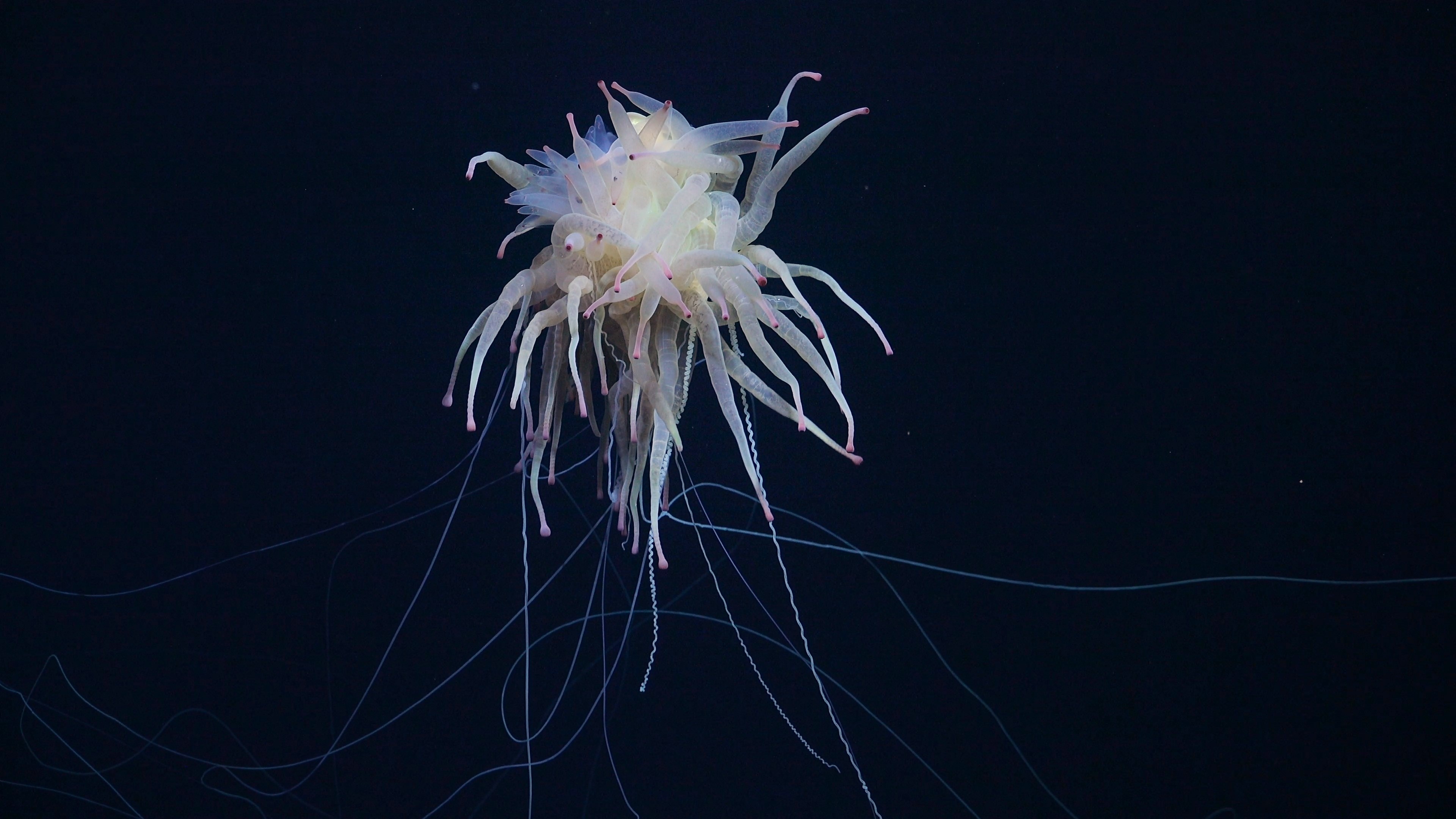
Watch 'spaghetti monster' with dozens of pink-tipped sausage legs swimming near Nazca Ridge
By Sascha Pare published
Researchers exploring the seafloor off the coast of Chile recently captured mesmerizing footage of a flying spaghetti monster — a carnivorous, colonial creature with countless milky-white arms.
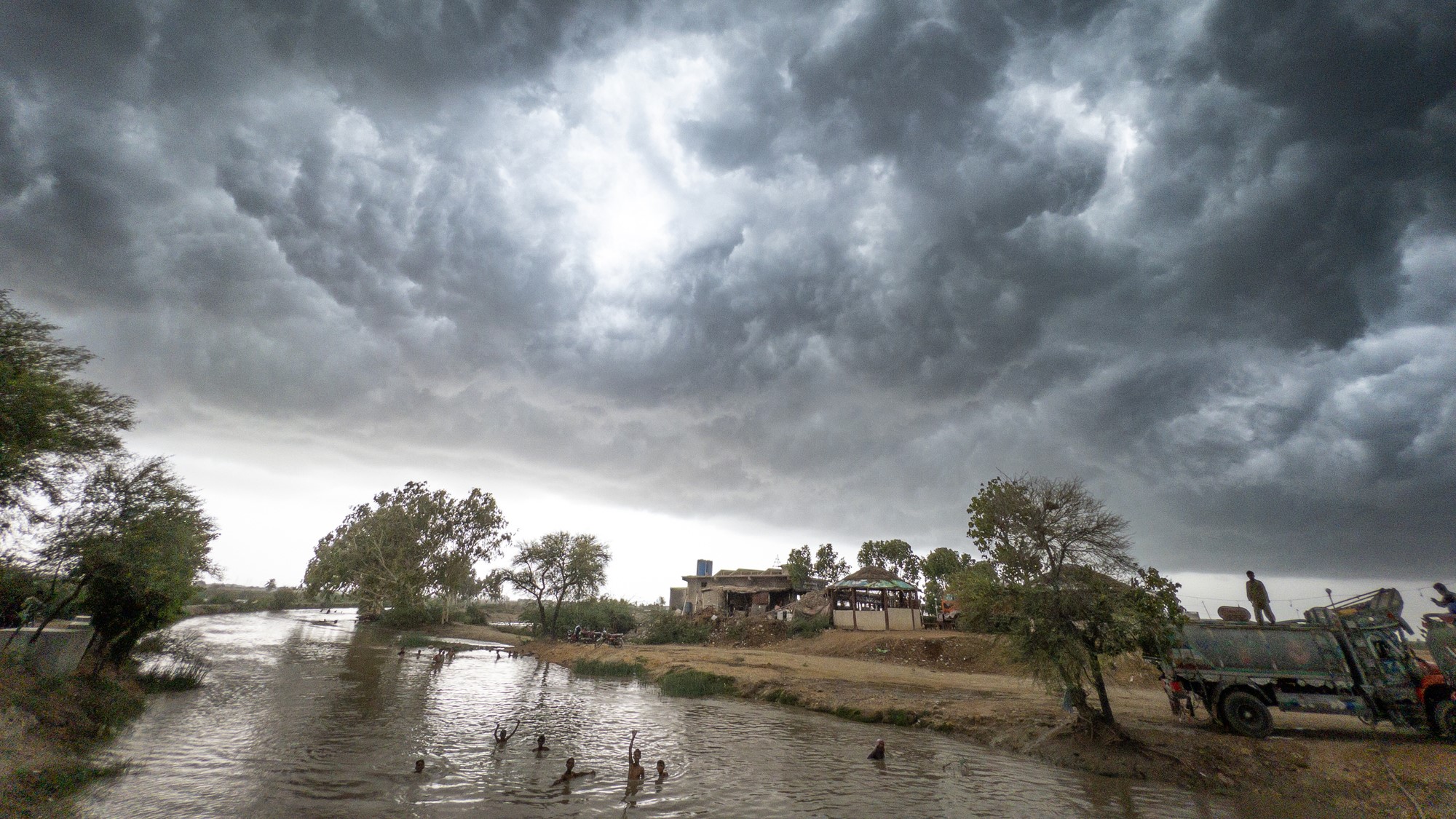
Gulf Stream collapse would throw tropical monsoons into chaos for at least 100 years, study finds
By Sascha Pare published
If Atlantic Ocean currents collapse due to melting ice sheets, researchers predict there will be huge shifts in tropical monsoon systems — and the effects could be irreversible for at least 100 years.
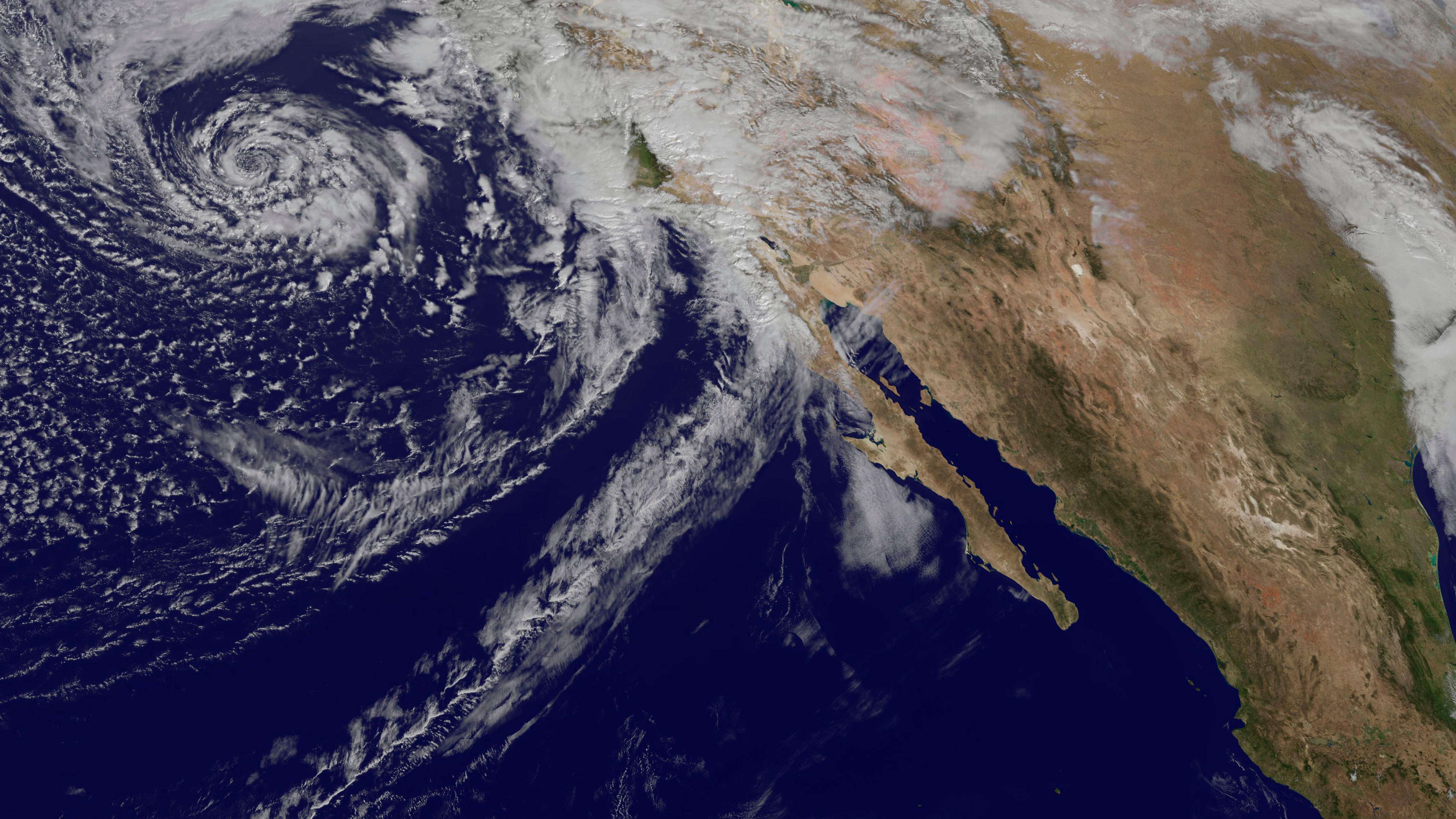
White Shark Café: The mysterious meeting spot for great whites in the middle of the Pacific Ocean
By Sascha Pare published
Every winter and spring, great white sharks that usually dwell off the coast of California gather in a remote section of ocean the size of Colorado — and scientists are slowly piecing together why.
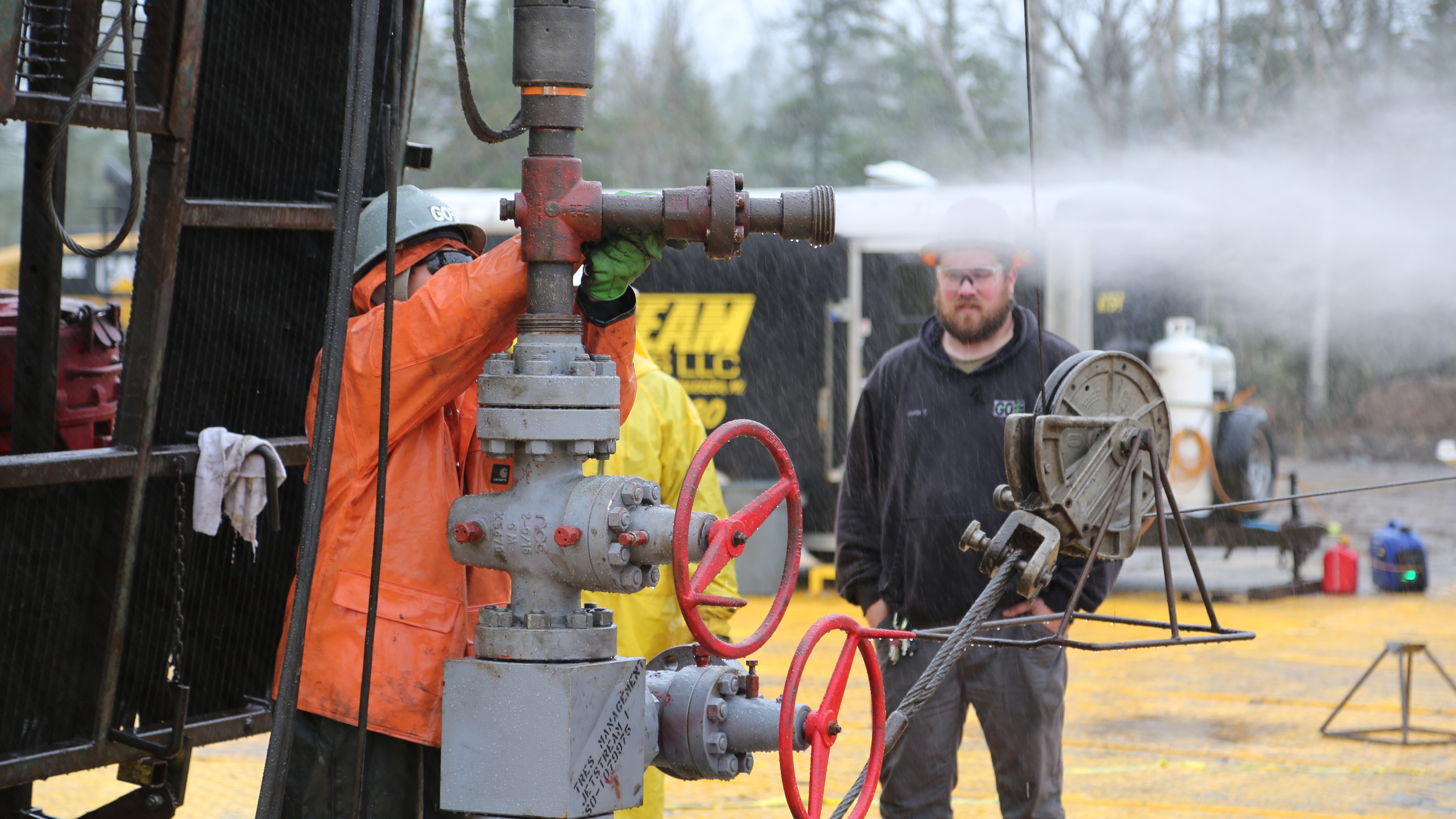
Massive helium reservoir in Minnesota could solve US shortage
By Sascha Pare published
A helium reservoir with the highest concentrations ever seen could hold enough of the gas to address critical shortages in the U.S. affecting tech, medicine and space exploration.
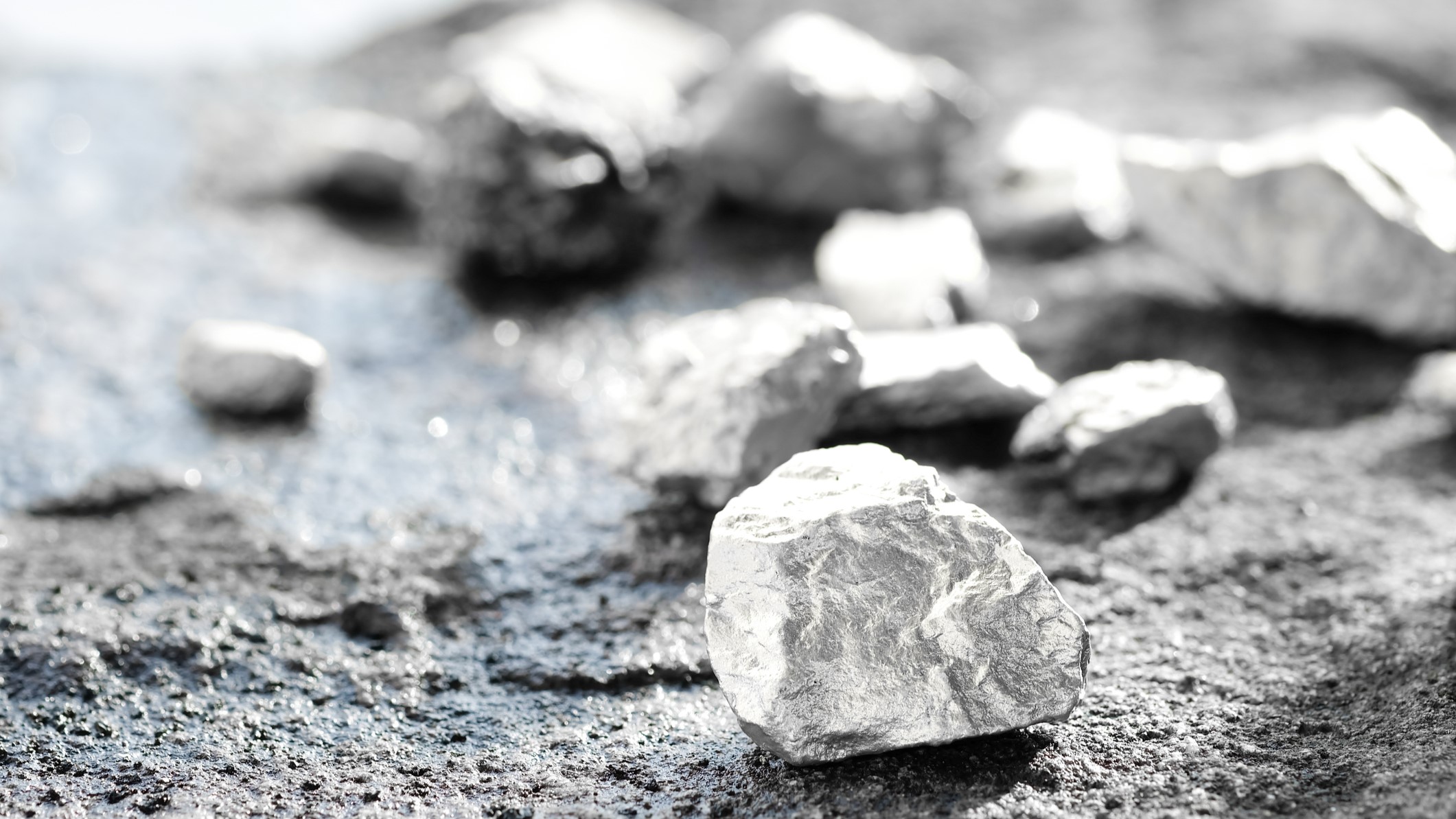
Silver is being buried beneath the sea, and it's all because of climate change, study finds
By Sascha Pare published
For the first time, researchers have linked the amount of silver being buried in marine sediments to human-made climate change.
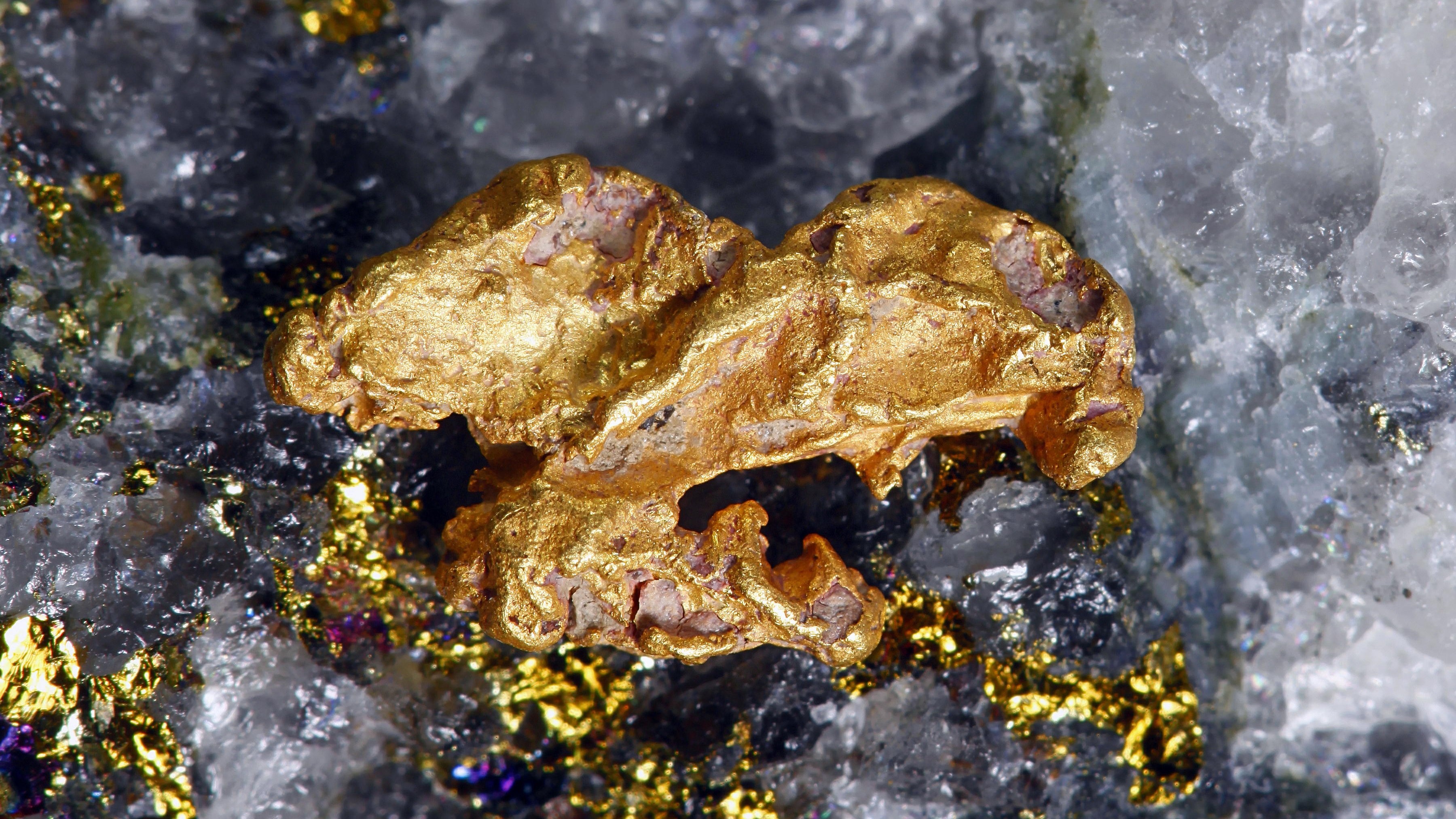
Earthquakes can trigger quartz into forming giant gold nuggets, study finds
By Sascha Pare published
Geologists have known for decades that gold forms in quartz with the help of earthquakes, but now they have worked out exactly how the setting and seismic waves combine to form large nuggets.

'Closer than people think': Woolly mammoth 'de-extinction' is nearing reality — and we have no idea what happens next
By Sascha Pare published
Scientists are getting very close to bringing a few iconic species, like woolly mammoths and dodos, back from extinction. That may not be a good thing.
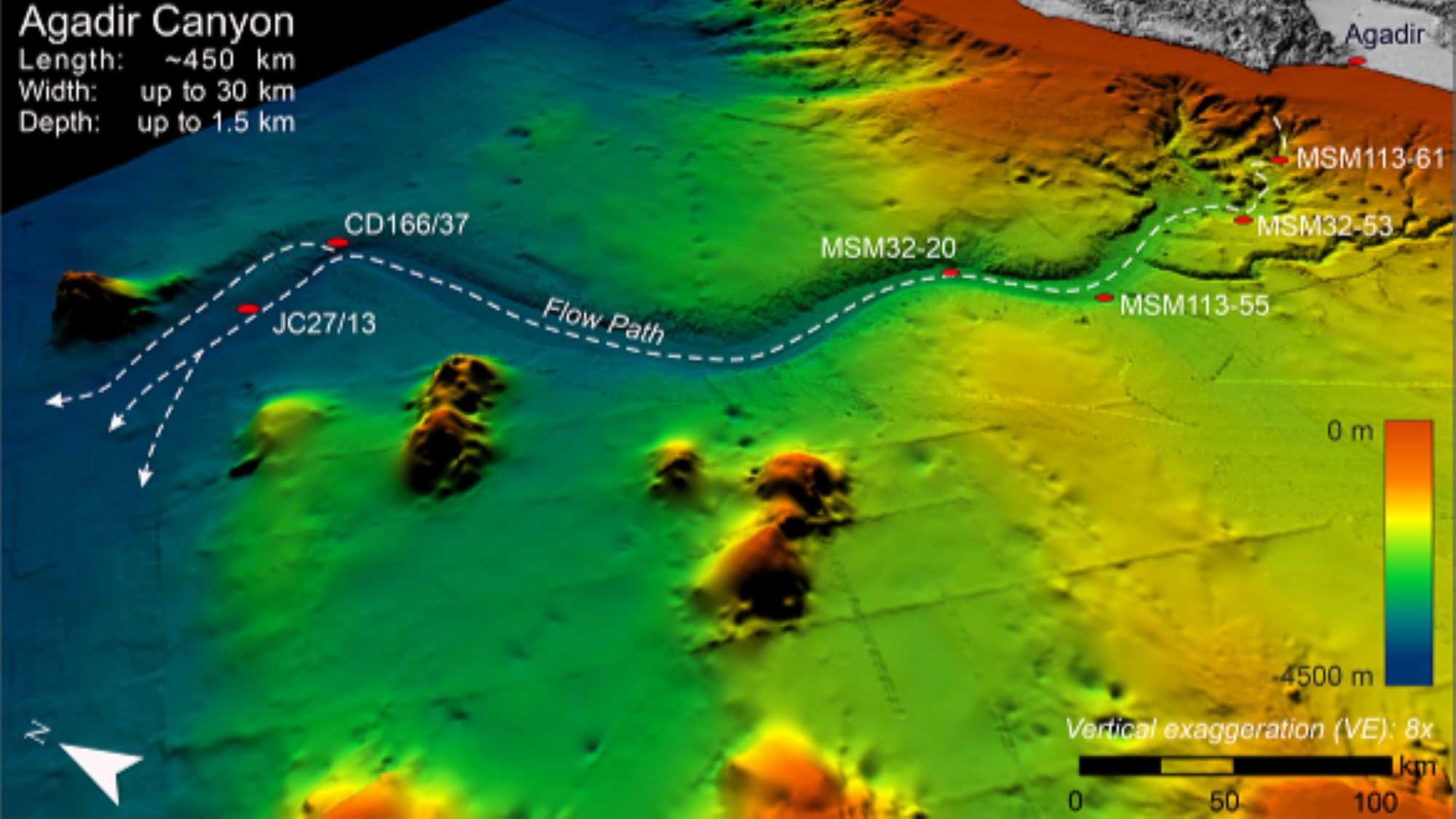
Giant underwater avalanche decimated Atlantic seafloor 60,000 years ago, 1st-of-its-kind map reveals
By Sascha Pare published
Researchers have mapped the path of a giant submarine avalanche that tore through the Agadir Canyon — a deep trench in the Atlantic seafloor off the coast of Morocco — 60,000 years ago.
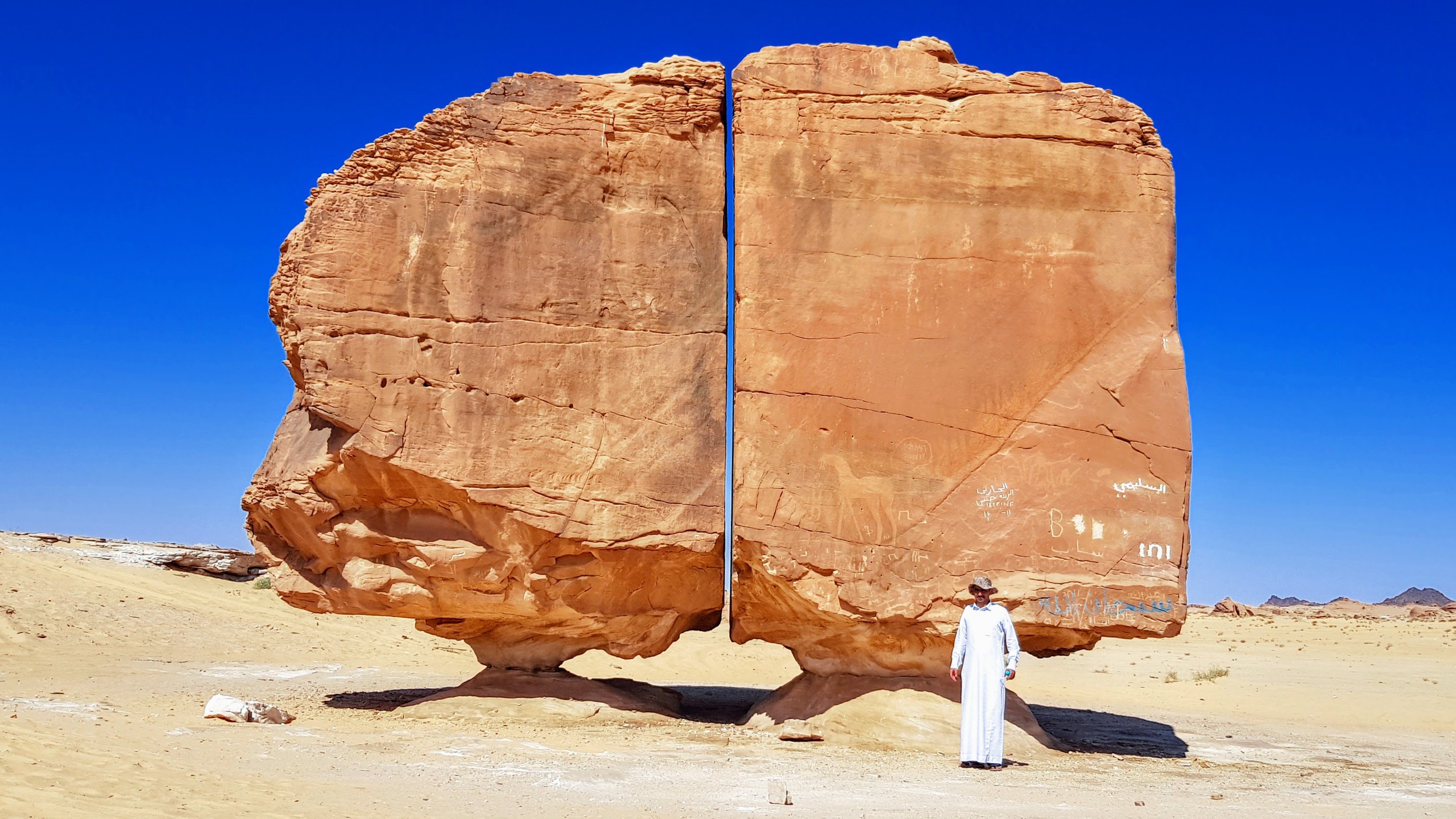
Al Naslaa rock: Saudi Arabia's enigmatic sandstone block that's split perfectly down the middle
By Sascha Pare published
Al Naslaa is a rock formation in Saudi Arabia's northwestern desert consisting of two huge, symmetrical stone blocks that are separated by a mysterious gap and sit on small pedestals.
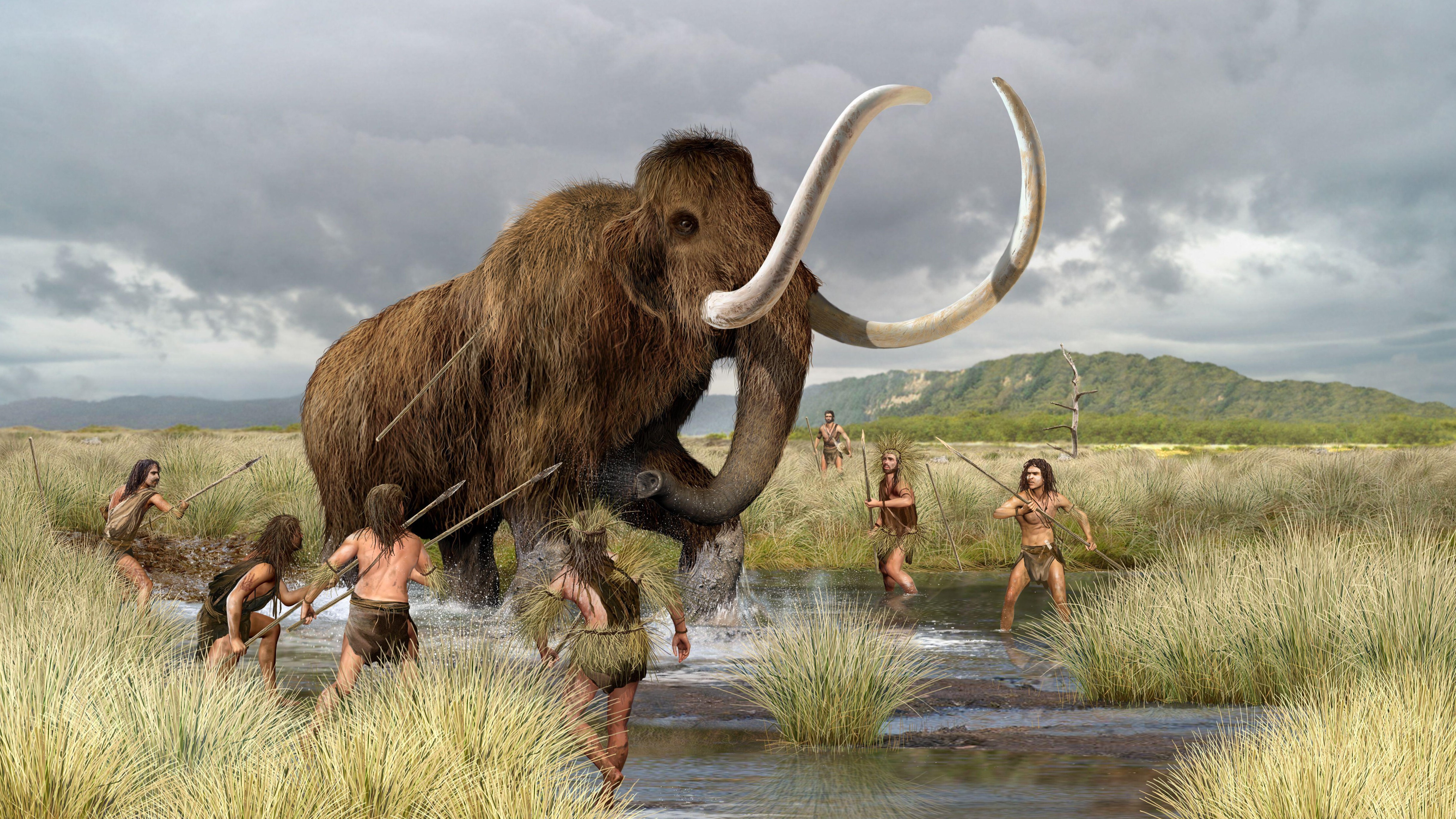
1st Americans impaled and killed mammoths with pikes, not spears, study suggests
By Sascha Pare published
Ancient hunters may have mounted Clovis points on sophisticated pikes that fractured inside large mammals like woolly mammoths to inflict fatal injuries, archaeologists say.
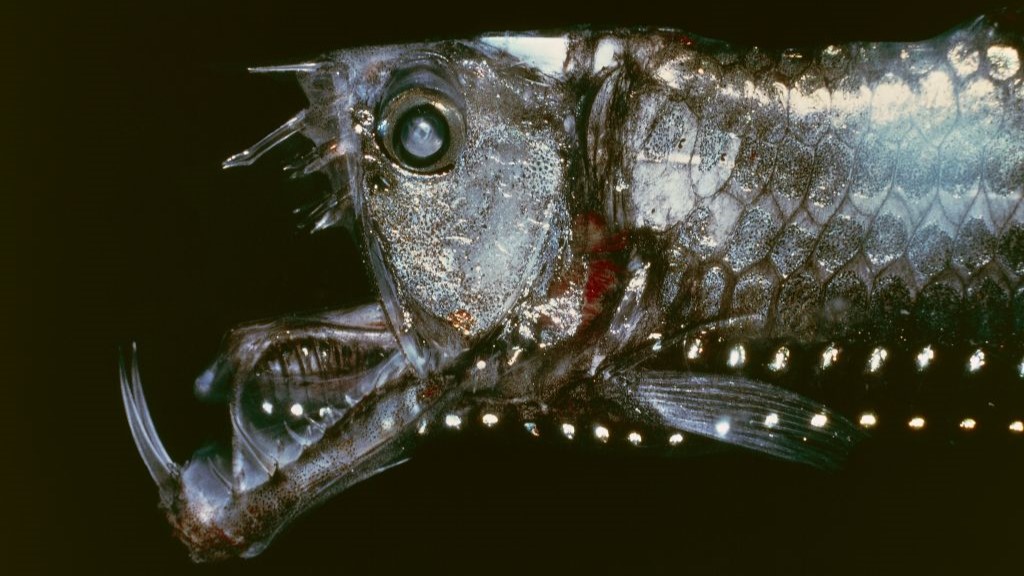
32 truly bizarre deep-sea creatures
By Sascha Pare published
From worms with squid-like tentacles to fish with teeth on their tongues, here are some of the most alien-looking creatures in the deep ocean.
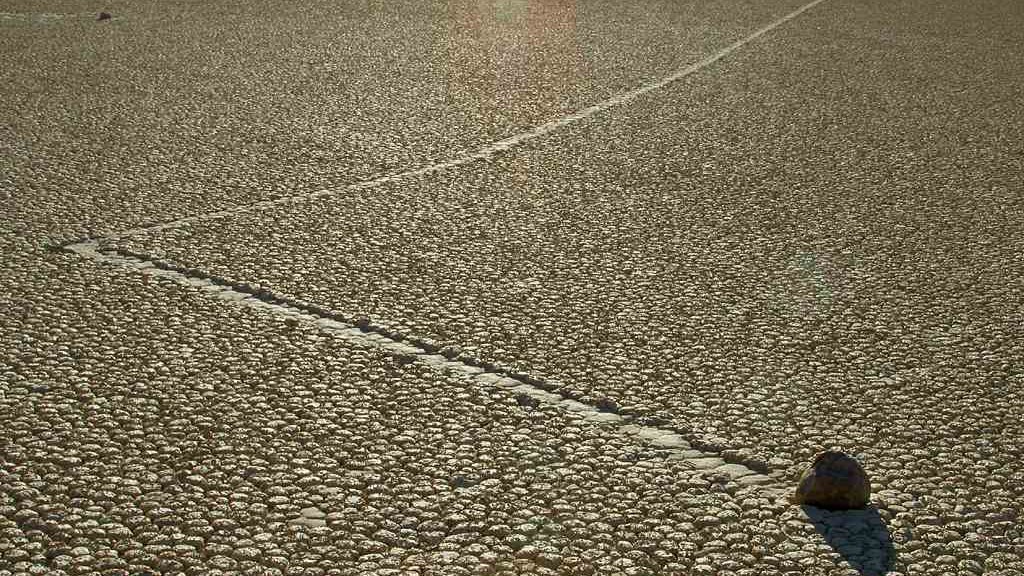
Racetrack Playa: The home of Death Valley's mysterious 'sailing stones'
By Sascha Pare published
In Racetrack Playa, a dry lakebed in Death Valley National Park, meteorological conditions can push rocks weighing up to 700 pounds along the flat ground.
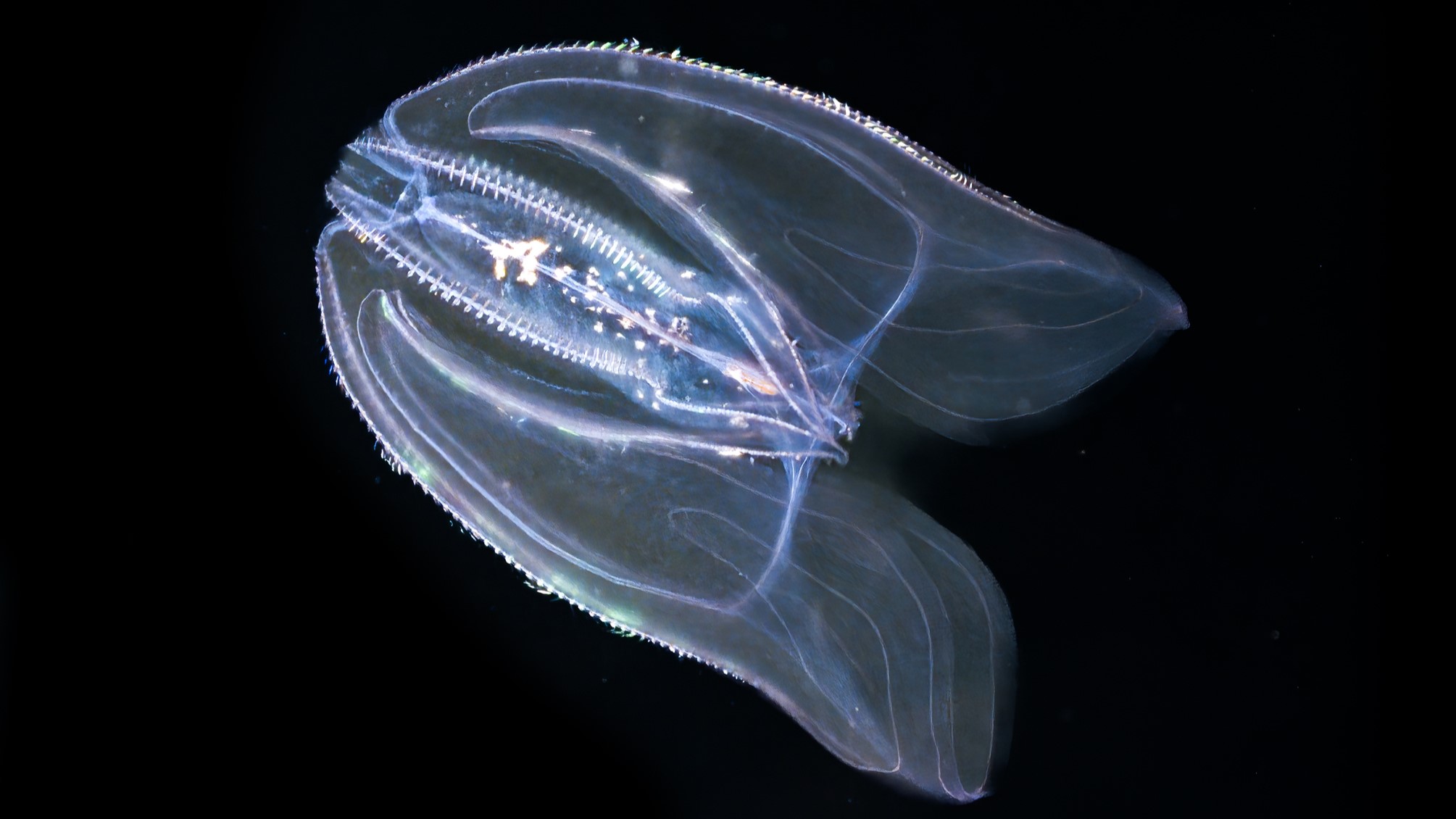
This transparent sea creature can age in reverse
By Sascha Pare published
The sea walnut, a type of comb jelly that has become invasive in parts of Europe and Asia, can transform from a sexually mature adult back into its larval form when times are tough.
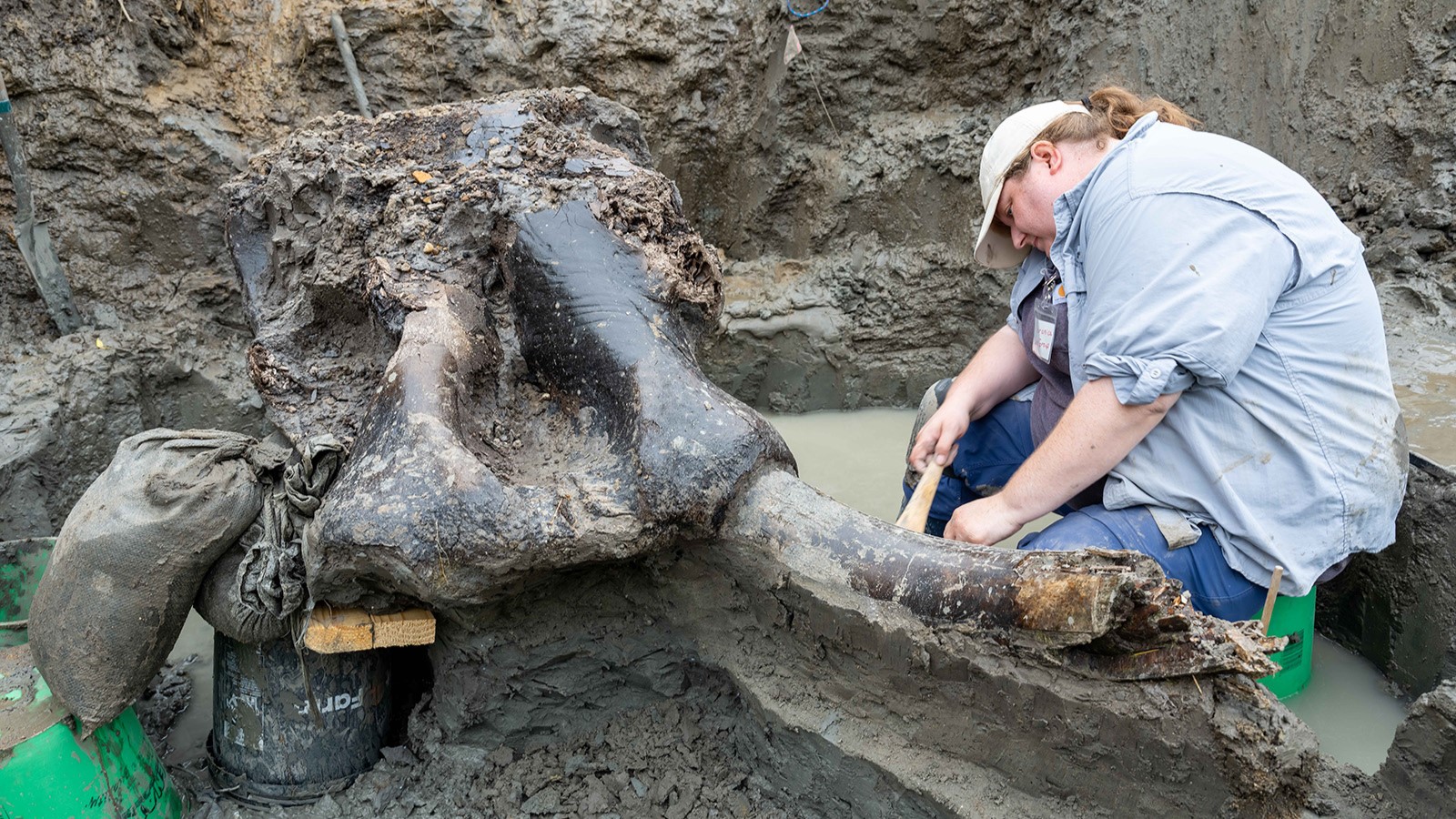
Huge 13,600-year-old mastodon skull and bones unearthed in Iowa
By Sascha Pare published
A team of archaeologists recently excavated the first well-preserved mastodon bones ever found in Iowa, including the prehistoric animal's skull.
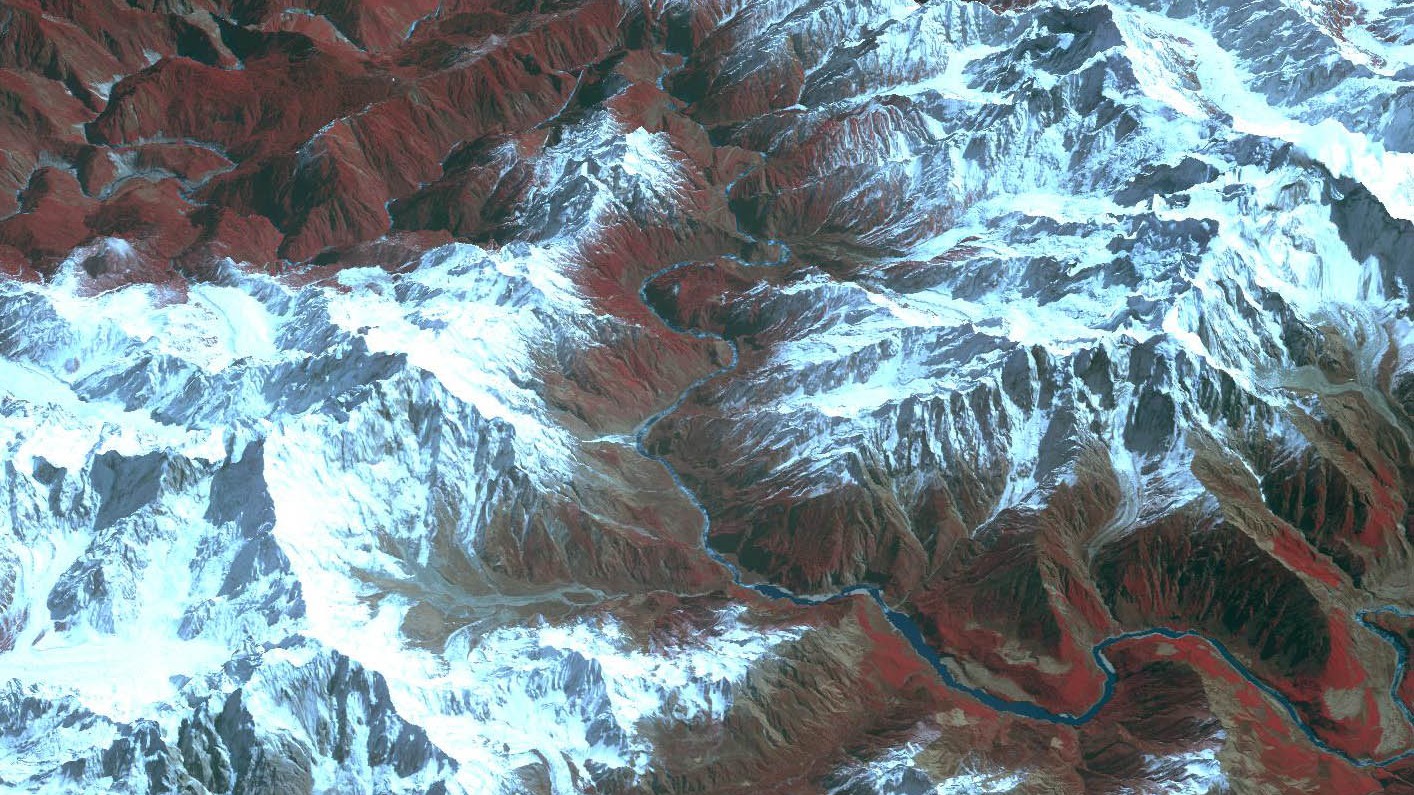
Yarlung Tsangpo: The deepest canyon on land hides a tree taller than the Statue of Liberty
By Sascha Pare published
The Yarlung Tsangpo Grand Canyon is Earth's largest terrestrial canyon, stretching 314 miles long and almost 20,000 feet from top to bottom at its deepest point in the Tibet Autonomous Region.
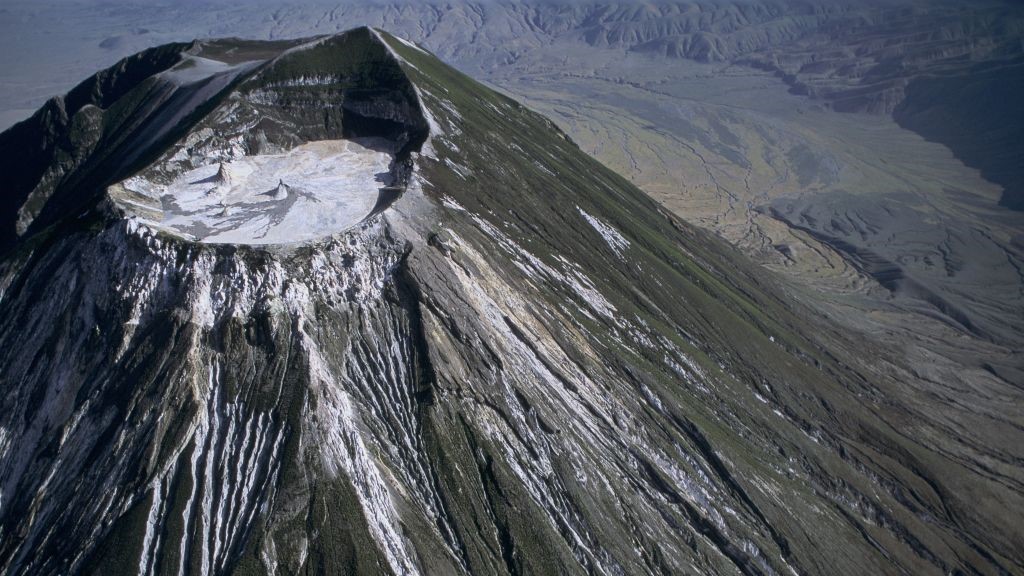
Volcano in Tanzania with weirdest, runniest magma on Earth is sinking into the ground
By Sascha Pare published
Tanzania's outlandish Ol Doinyo Lengai volcano, the only volcano on Earth that is currently erupting carbonatite lava, has been sinking at a rate of 1.4 inches per year for the past decade.
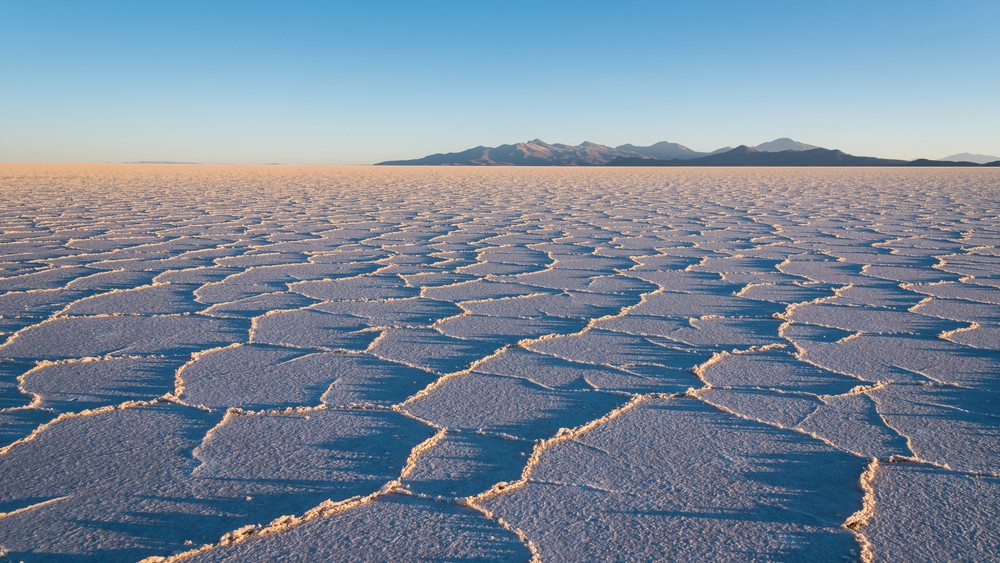
Salar de Uyuni: The world's largest salt desert and lithium reservoir surrounded by volcanoes
By Sascha Pare published
The Salar de Uyuni desert is famous for its gleaming surface waters and hexagonal salt crust patterns, but below this otherworldly landscape lie about 11 million tons of highly sought-after lithium.
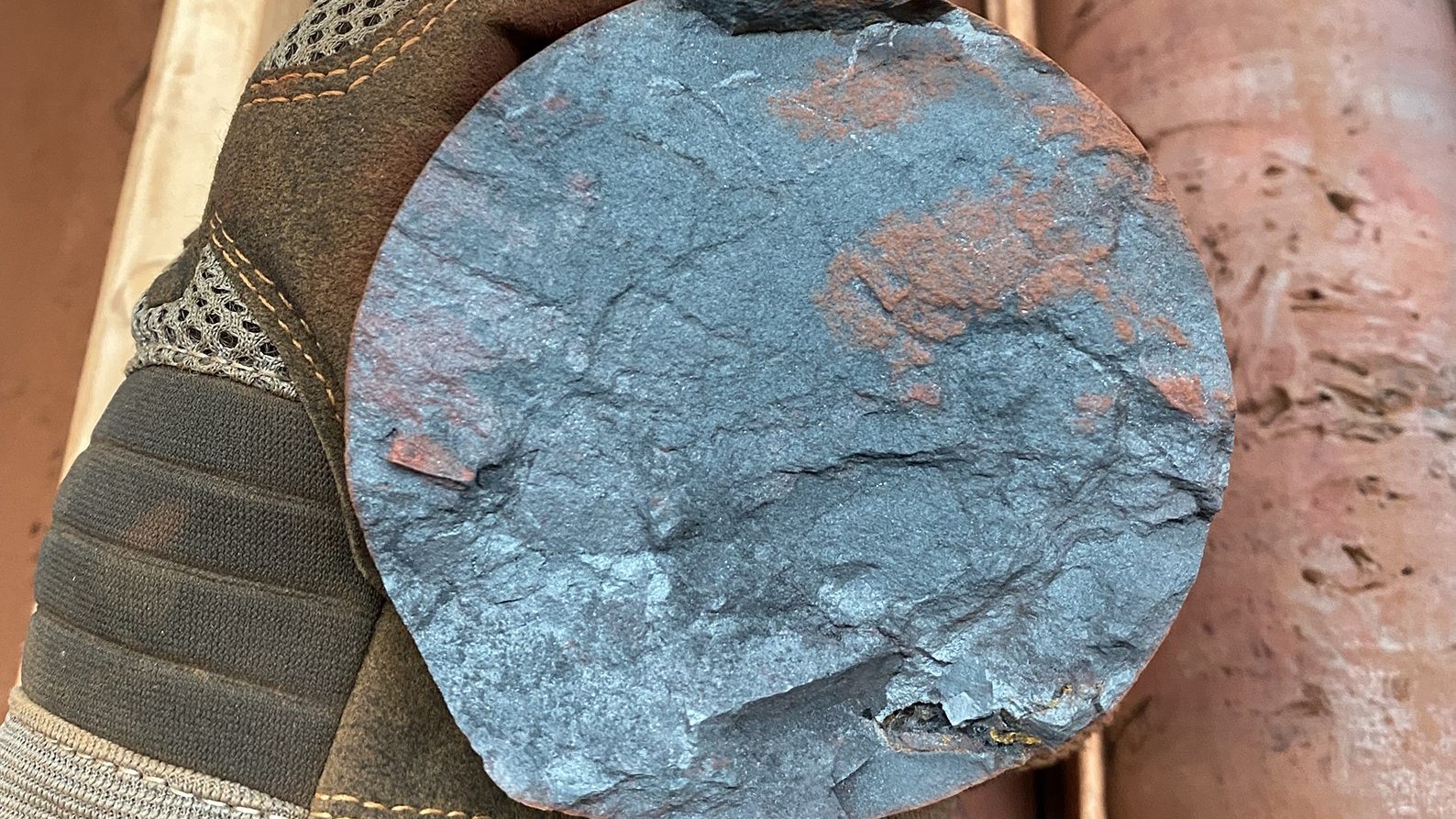
World's largest iron ore deposits formed over 1 billion years ago in supercontinent breakup
By Sascha Pare published
Huge iron ore deposits in Western Australia's Hamersley Province formed when major tectonic events led to the breakup of supercontinent Columbia and to the amalgamation of Australia.
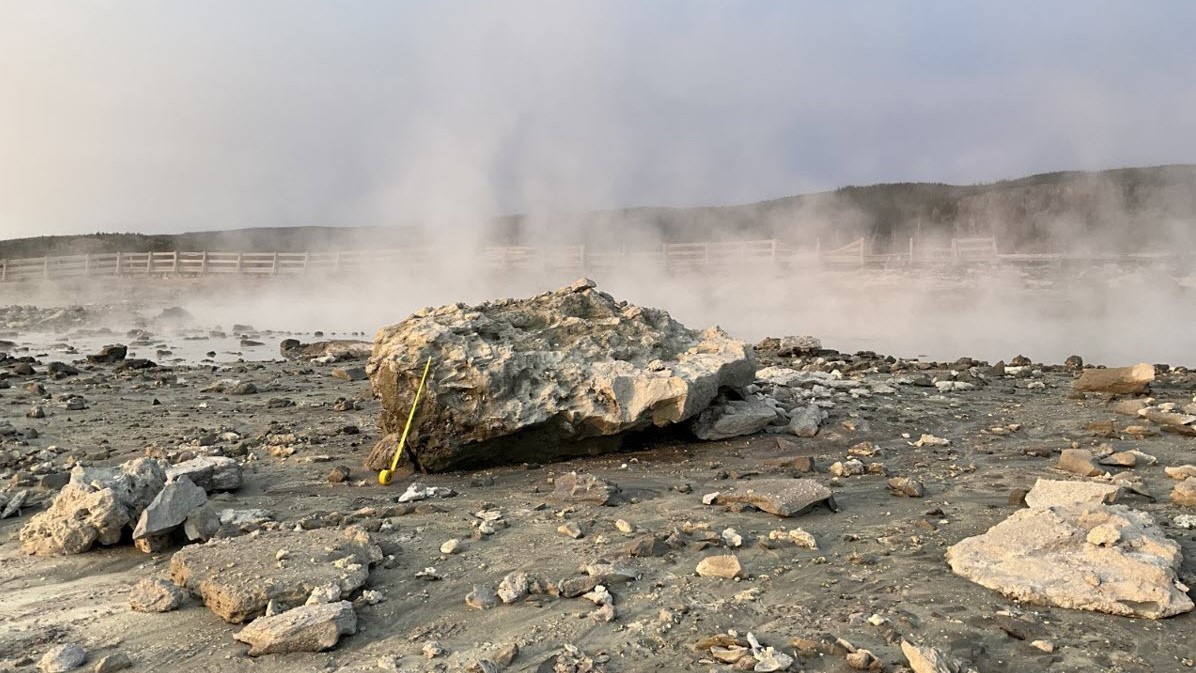
Yellowstone Biscuit Basin explosion may have created a new geyser
By Sascha Pare published
Geologists have revealed new details about a recent geyser eruption at Yellowstone National Park, including the shallow depth of the explosion and staggering height of its plume.
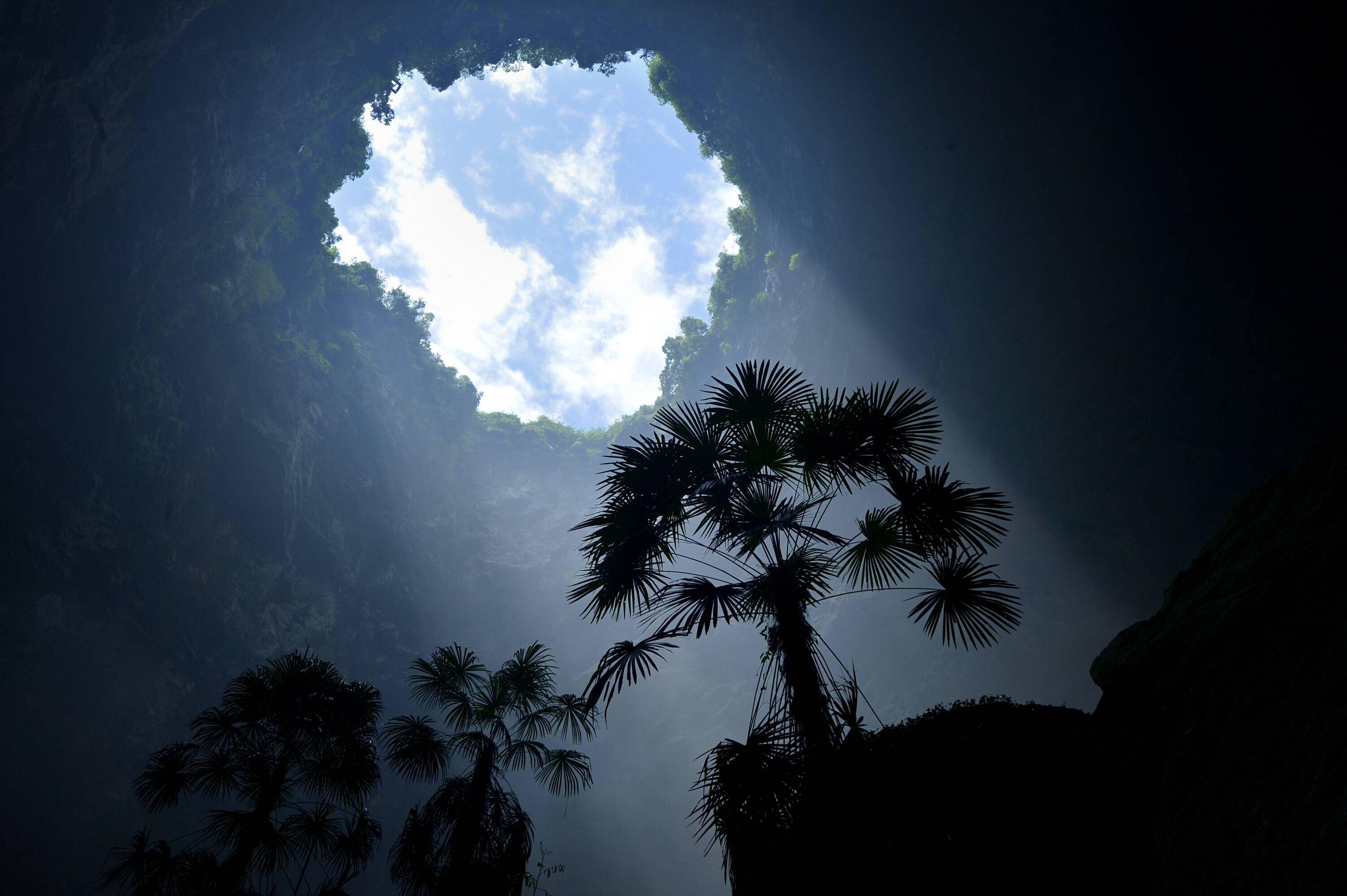
Massive sinkholes in China hold 'heavenly' forests with plants adapted for harsh life underground
By Sascha Pare published
Plants growing at the bottom of sinkholes in China's Dashiwei Tiankeng Group don't take up as much carbon as surface plants do, but they have much higher levels of nutrients in their tissues.
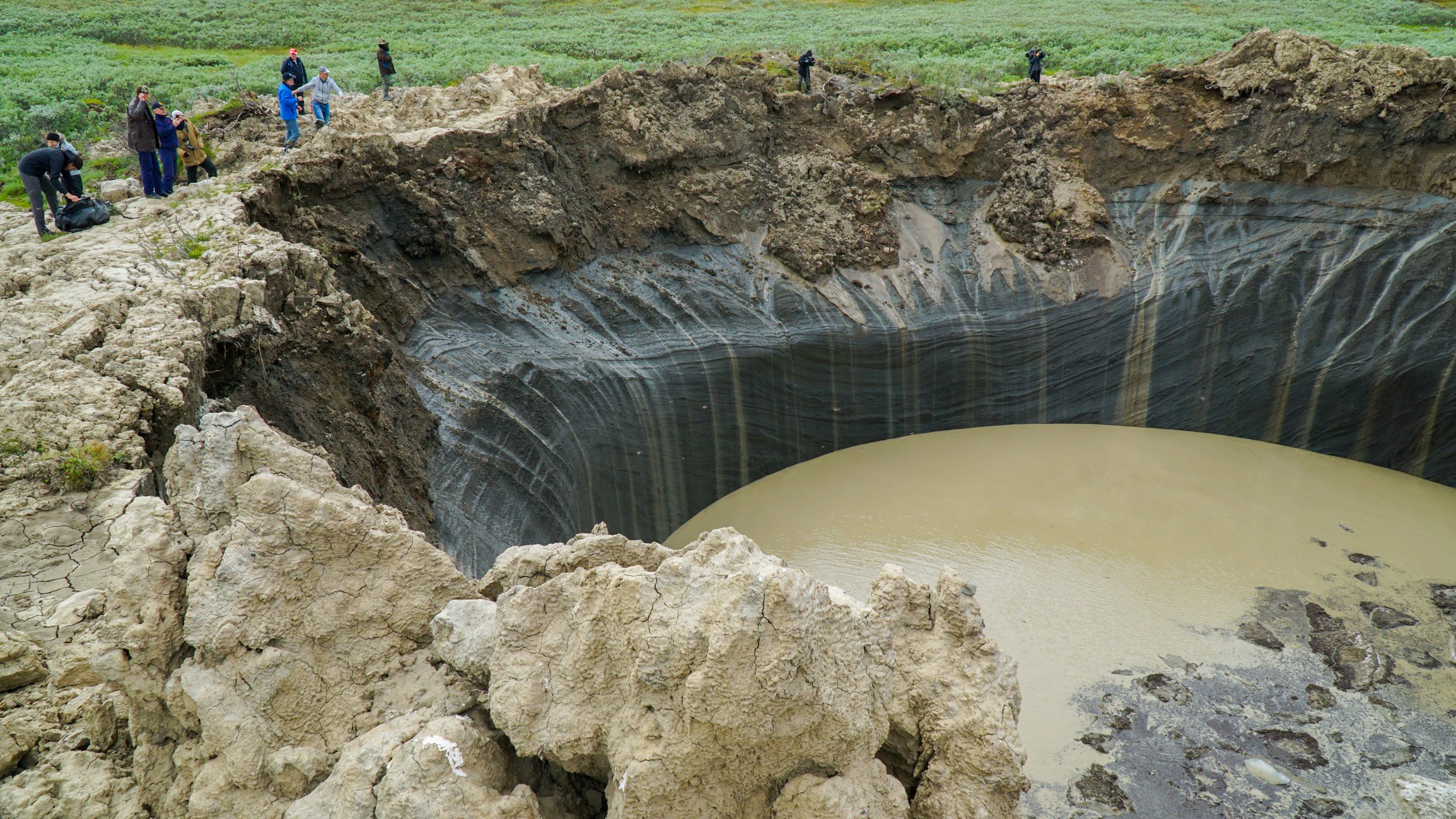
Methane 'kitchens' in Siberia's permafrost form mounds that can erupt, creating giant craters
By Sascha Pare published
A buildup of methane and other fluids in open and closed "systems" in the permafrost could explain why strange, icy mounds sometimes erupt to form giant crater, researchers say.

Hydrogen-powered VTOL aircraft makes record 523-mile journey — and lands with 10% of its fuel left in the tank
By Sascha Pare published
An air taxi has completed the first forward flight of a hydrogen-fueled aircraft capable of vertical takeoff and landing — and it broke a distance record in the process.
Sign up for the Live Science daily newsletter now
Get the world’s most fascinating discoveries delivered straight to your inbox.
